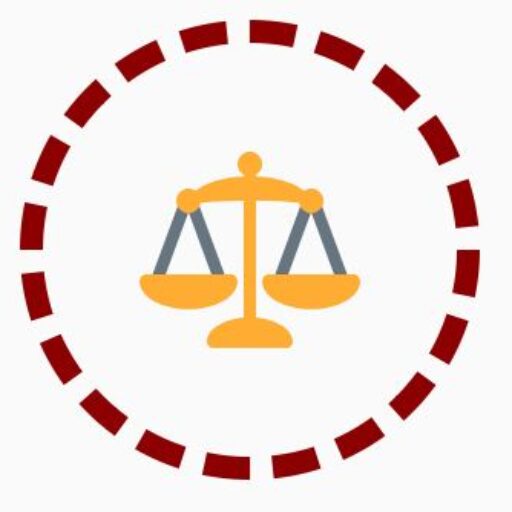Personal injury law allows individuals harmed by another’s negligence, recklessness, or intentional actions to seek financial compensation for their losses. It falls under civil law (torts) and focuses on restoring the injured party rather than punishing the wrongdoer.
Key Components:
- Types of Cases:
- Accidents: Car crashes, slip-and-fall incidents, workplace injuries.
- Medical Malpractice: Harm caused by healthcare providers (e.g., surgical errors).
- Product Liability: Injuries from defective or dangerous products.
- Intentional Torts: Assault, battery, or other deliberate harm.
- Core Principles:
- Negligence: The plaintiff must prove:
- Duty of Care: Defendant owed a responsibility to act safely.
- Breach: Defendant failed to meet that duty.
- Causation: The breach directly caused the injury.
- Damages: Quantifiable harm (e.g., medical bills, lost wages).
- Strict Liability: Applies in cases like defective products, where negligence need not be proven.
- Comparative Fault: Compensation may be reduced if the plaintiff shares partial blame.
- Negligence: The plaintiff must prove:
- Damages:
- Economic: Tangible losses (medical expenses, lost income).
- Non-Economic: Intangible harms (pain and suffering, emotional distress).
- Punitive: Rare; intended to punish egregious misconduct (e.g., corporate fraud).
Process:
- Claims & Negotiations: Most cases settle through insurance negotiations.
- Litigation: If unresolved, a lawsuit may proceed to trial.
- Contingency Fees: Lawyers often take a percentage of the awarded compensation (no upfront cost to the plaintiff).
Key Considerations:
- Statute of Limitations: Deadlines to file vary by state (typically 1–6 years).
- Burden of Proof: Lower than criminal law; requires a preponderance of evidence (>50% likelihood of fault).
Purpose: To financially compensate injured parties and deter unsafe behavior. Unlike criminal law, it does not imprison defendants but holds them financially accountable.
Examples:
- A driver sues after being injured by a distracted motorist.
- A patient receives compensation for a misdiagnosis leading to severe harm.
- A consumer wins a case against a company for a defective product causing injury.
Sources: Statutes, court precedents, and regulations. Outcomes often hinge on evidence (medical records, witness testimony, expert analysis).
